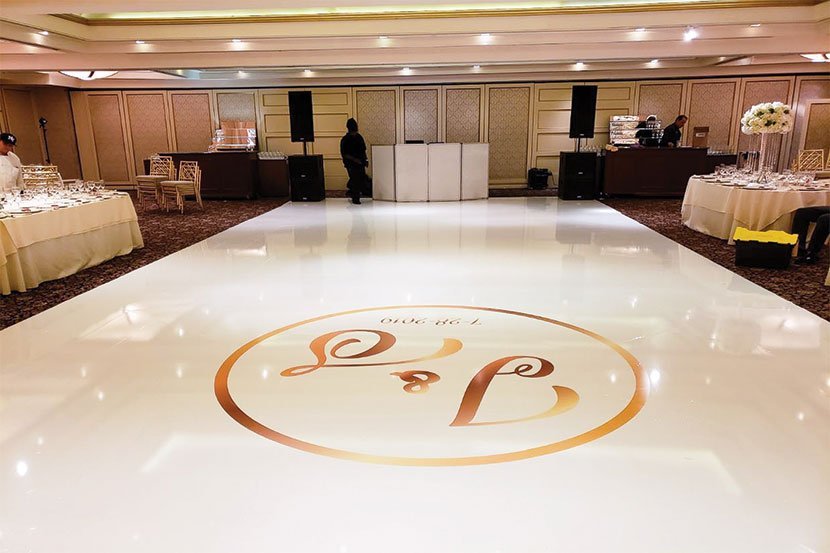Investigating the Advantages and Disadvantages of Wood and Synthetic Dance Floor Components for Optimal Functionality and Aesthetics
Investigating the Advantages and Disadvantages of Wood and Synthetic Dance Floor Components for Optimal Functionality and Aesthetics
Blog Article
When it comes to selecting the appropriate dance floor material, timber and vinyl are two popular choices that performers and dance studio owners often consider. Each material has its own distinct benefits and drawbacks that can influence performance, safety, and visual appeal. Comprehending these variations is crucial for making an educated choice that meets the needs of performers and improves the overall experience in a dancing space or performance space.
Timber dancing surfaces are often favored for their classic look and feel. They provide a natural area that can absorb shock, which is advantageous for performers who execute intense movements. The elasticity of wood helps reduce the chance of injuries, such as twists and stresses, by providing a supportive surface. Additionally, wood floors can be refinished, allowing them to maintain their look over the years. This durability makes them a long-term asset for dancing studios. However, timber surfaces can be more expensive to install and maintain compared to synthetic options, and they may require consistent maintenance to avoid bending or damage from moisture.
Conversely, synthetic dancing surfaces provide a variety of advantages that make them attractive to many dance spaces. One of the main benefits of synthetic is its cost-effectiveness. Vinyl flooring is generally less expensive to buy and set up than timber, making it a budget-friendly choice for spaces. Furthermore, synthetic is available in a wide range of hues and designs, allowing for more personalization to align with the style of the space. Vinyl floors are also easier to clean and care for, as they are impervious to marks and water. However, some performers may find that synthetic does not offer the same level of shock cushioning as timber, which could lead to unease during long practice periods.
Another crucial factor to evaluate is the kind of dance being executed. Different dance genres may demand different surface surfaces for best execution. For instance, ballet performers often favor timber floors because they provide a solid surface for spins and jumps. In comparison, genres like urban dance or jazz may benefit from the slip-resistant features of synthetic. It is crucial for dance studio proprietors to take into account the primary dance genres taught in their space when choosing a floor substance. This consideration can help ensure that dancers have the best possible experience while rehearsing and performing.
Aesthetics also holds a significant part in the decision-making procedure. Timber surfaces are often linked with elegance and heritage, making them a favored choice for formal dance studios and performance venues. The organic grain and richness of wood can create a inviting informative post environment that improves the general feeling for both performers and spectators. On the other hand, synthetic floors can be crafted to replicate the appearance of wood or alternative materials, providing a modern and chic appearance. The choice between timber and vinyl can ultimately hinge on the intended atmosphere of the area and the impression that dance studio owners want to establish.
In summary, both timber and synthetic dance floors have their own set of advantages and drawbacks that can influence execution and visual appeal. Wood surfaces offer durability, impact cushioning, and a traditional look, while vinyl floors provide affordability, ease of upkeep, and design versatility. The decision between these substances should be based on the specific requirements of the dancers, the kinds of dance being taught, and the overall concept for the dance studio. By thoughtfully considering these factors, dance studio proprietors can create an environment that supports best performance and enhances the pleasure of dance for all involved.